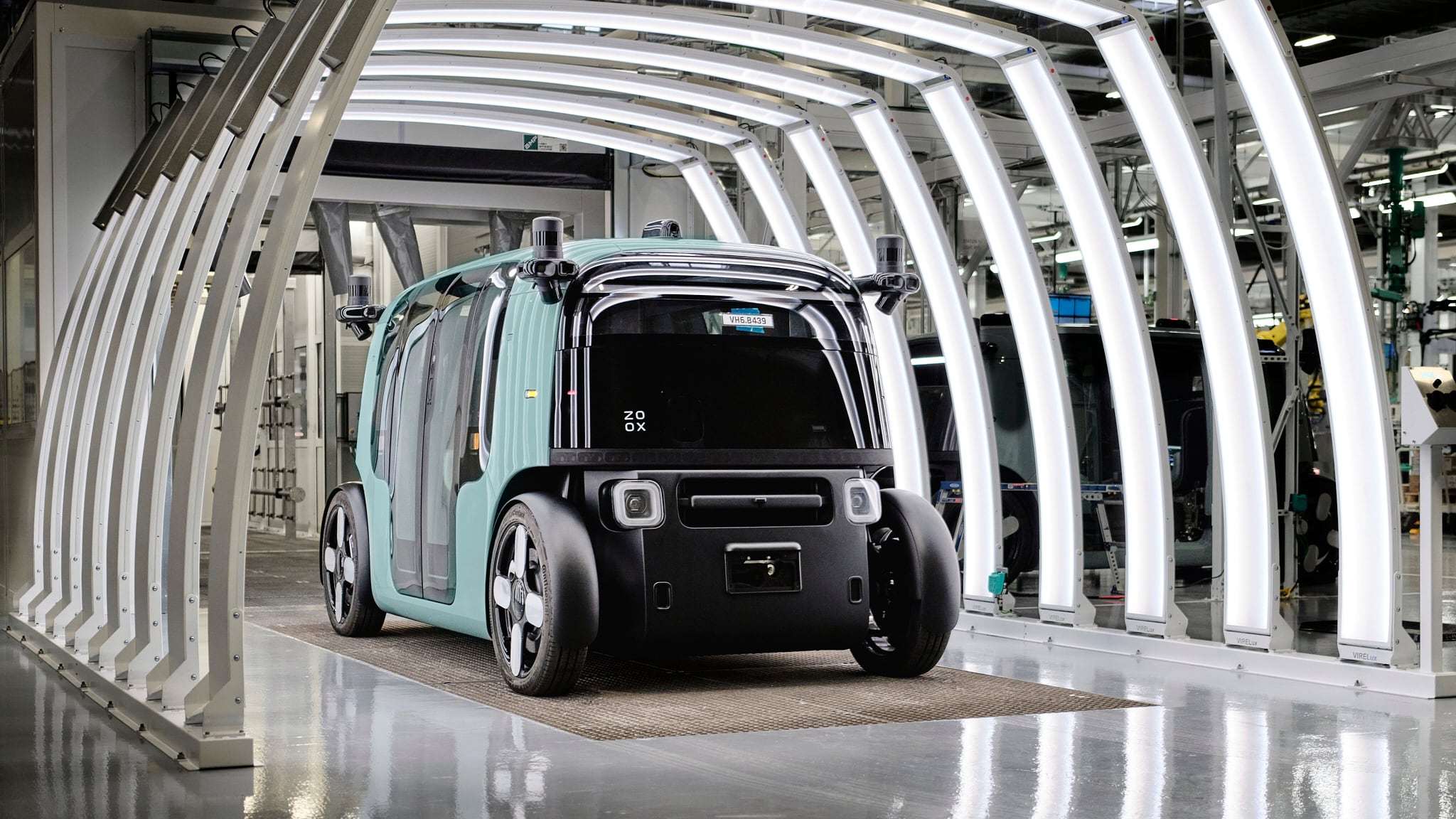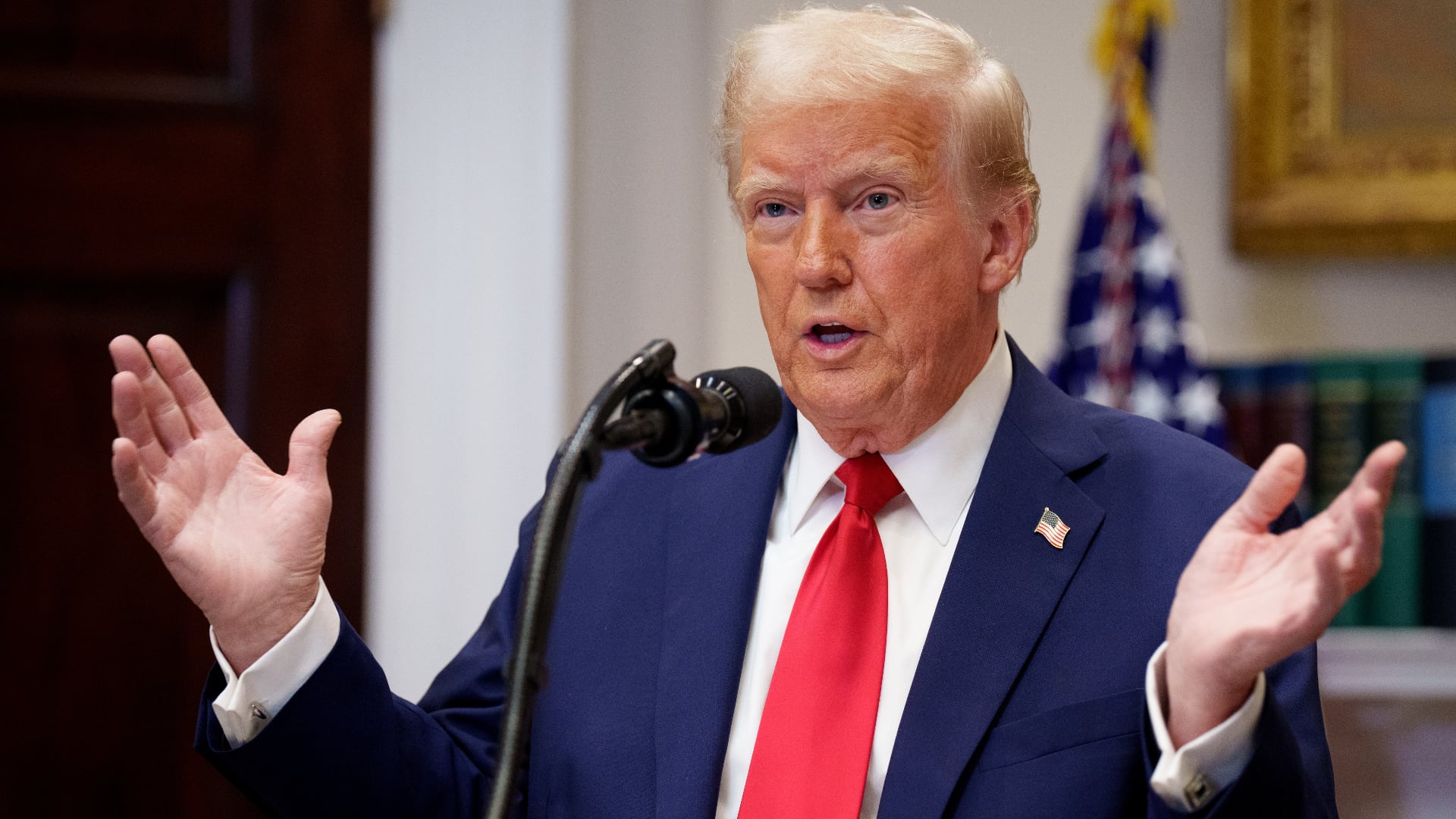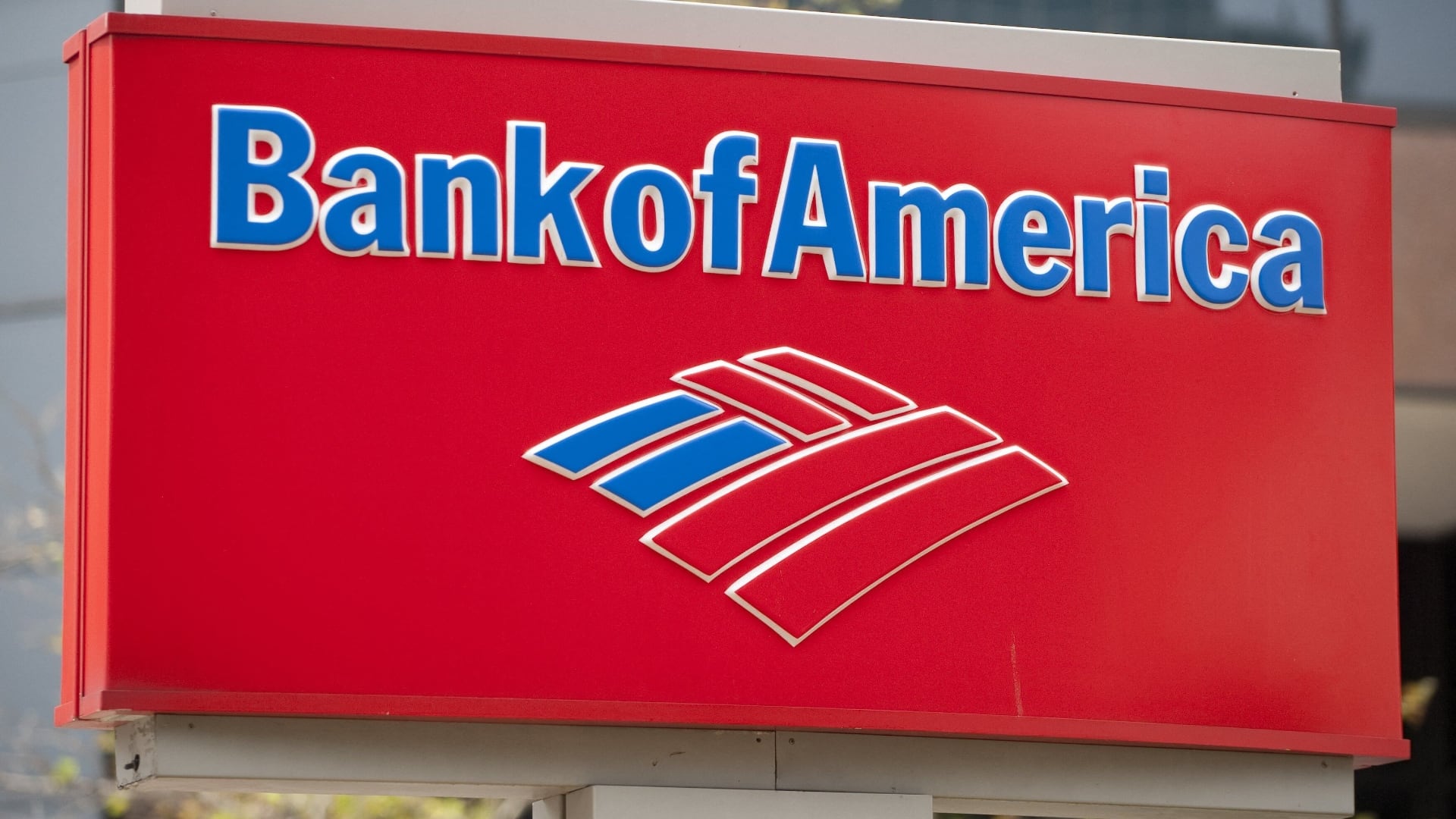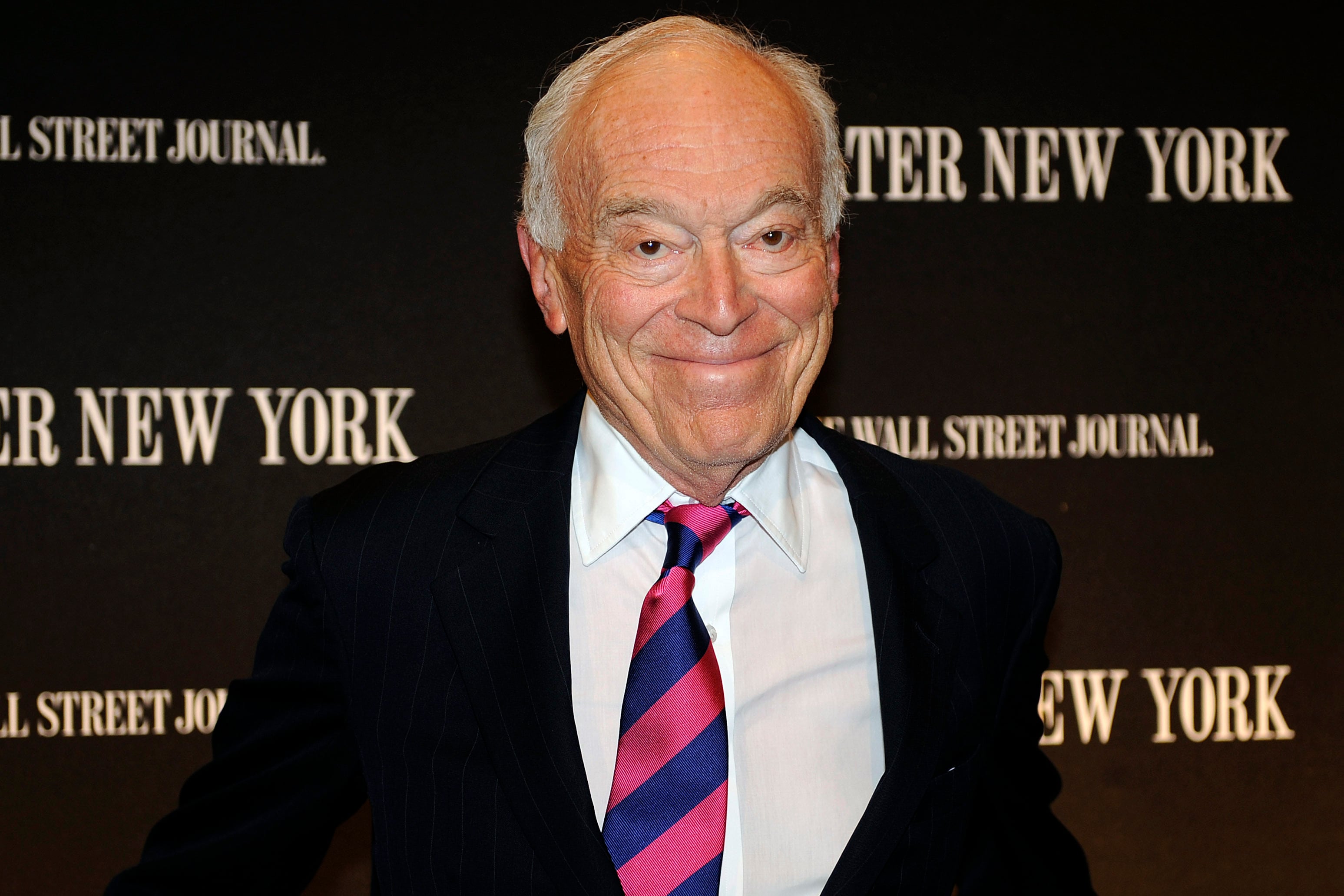Hitting retirement is a big accomplishment but that doesn’t necessarily mean it’s smooth sailing from the day you sign off from work for the last time. Many people in retirement find themselves struggling with their expenses. And according to personal finance site WalletHub, 28% of non-retired adults haven’t saved money for retirement and Social Security benefits replace about 37% of the average worker’s earnings.
For retirees or those who are preparing to retire, finding ways to stretch your money and get the most bang for your buck is important. Where you live in your retirement years can make a big difference on your budget, so WalletHub recently compiled a list of the best and worst states to retire for 2024. To determine the rankings, the team compared 50 states across 46 key indicators of “retirement-friendliness,” like cost of living, general tax-friendliness, mildness of weather, and access to medical care and leisure activities.
“Being retired brings freedom, but it also naturally is a time of financial constraint, with many seniors living on a fixed income,” Wallethub analyst Cassandra Happe said. “To make the most of your retirement savings, you should retire in a state where the cost of living and tax rates are friendly to retirees, if you have the resources to. You should also consider factors like the quality of the state’s healthcare system and the abundance of activities that you enjoy.”
Unsurprisingly, Florida topped the list as the number one state to retire, thanks in large part to its low taxes. But plenty of Western states were represented in the top 10—Colorado ranked second, Wyoming ranked fifth, Idaho ranked sixth, and Montana ranked ninth.
With a milder climate than hot Florida, Colorado came in second because similarly to the Orange State, it doesn’t have estate or inheritance taxes. WalletHub found that it’s also a great state for physical and mental health—it has one of the lowest rates of social isolation for seniors; very few residents over 65 are in poverty; and it’s home to some of the best geriatrics hospitals in the country.
Fifth place Wyoming is very safe for retirees—the state has better protections against elder abuse compared to other countries and has one of the lowest violent crime rates in the country. Other benefits include its clean air, high senior volunteering rate, and no estate and inheritance tax.
But not all Western states had stellar rankings. Washington was ranked 43rd on the list, landing it on the bottom 10, with poor affordability, quality of life, and health care scores. It has a high annual cost of in-home services and a high property-crime rate. It did rank in the top 5 for states with the highest life expectancy, though, along with Hawaii and California.
Take a look at the top 10 best and worst states for retiring below. You can see the full report here.
10 Best States to Retire
Florida
Colorado
Virginia
Delaware
Wyoming
Idaho
New Hampshire
Minnesota
Montana
Pennsylvania
10 Worst States to Retire
Kentucky
New Jersey
Mississippi
Rhode Island
Oklahoma
Louisiana
New York
Washington
Arkansas
Illinois
This story was originally published on Sunset.com. You can read it here.













